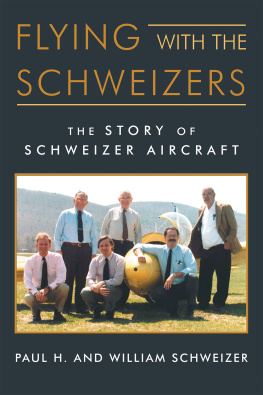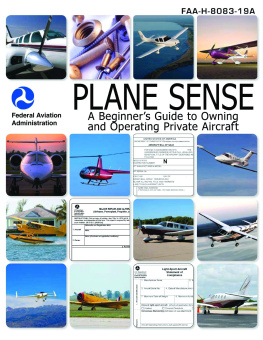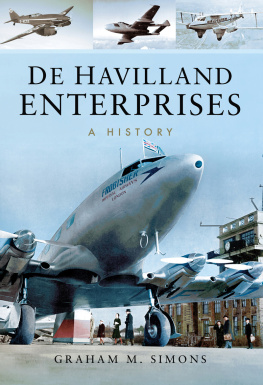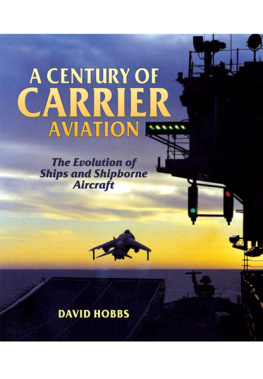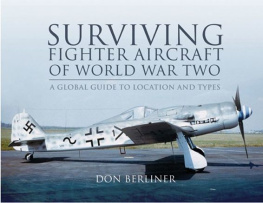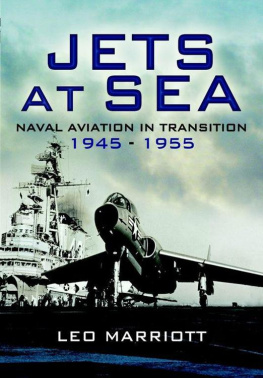The Project Gutenberg EBook of Jane's All the World's Aircraft, by Various
This eBook is for the use of anyone anywhere at no cost and with
almost no restrictions whatsoever. You may copy it, give it away or
re-use it under the terms of the Project Gutenberg License included
with this eBook or online at www.gutenberg.net
Title: Jane's All the World's Aircraft
1913
Author: Various
Editor: Fred Jane
Release Date: January 2, 2011 [EBook #34815]
Language: English
*** START OF THIS PROJECT GUTENBERG EBOOK JANE'S ALL THE WORLD'S AIRCRAFT ***
Produced by Suzanne Shell, Jason Isbell and the Online
Distributed Proofreading Team at http://www.pgdp.net
Transcriber's Notes
The advertisements which were originally at the front of the book have been moved to the back.
JANE'S ALL THE WORLD'S AIRCRAFT 1913
A Reprint of the 1913 Edition of All The World's Air-craft
Edited by
FRED T. JANE
ARCO PUBLISHING COMPANY, INC.
New York
First published by Sampson Low Marston in 1913
This edition published 1969 by ARCO PUBLISHING COMPANY, INC.
219 Park Avenue South, New York, N. Y. 10003
Library of Congress Catalog Number 69-14964
ARCO Book Number 668-01880-1
Printed in Great Britain
Published Annually.
All the World's AIR=CRAFT.
(ORIGINALLY KNOWN AS "ALL THE WORLD'S AIRSHIPS.")
(WAR FLYING ANNUAL.)
FOUNDED AND EDITED BY FRED T. JANE, Founder and Editor of "FIGHTING SHIPS" (Naval Annual), Etc .
PART A.AEROPLANES AND DIRIGIBLES OF THE WORLD.
PART B.HISTORICAL AEROPLANES OF THE LAST SIX YEARS.
PART C.THE WORLD'S AERIAL ENGINES.
PART D.AERIAL "WHO'S WHO" AND DIRECTORY.
FIFTH YEAR OF ISSUE.
( Founded 1909.)
LONDON:
SAMPSON LOW, MARSTON & CO., Ltd .
1913.
Printed by Netherwood, Dalton & Co., Phoenix Works, Rashcliffe, Huddersfield.
CONTENTS
| PAGE |
| Preface |
| Glossary of Technical Terms |
| PART A. |
|---|
| Argentine (J. Schiere) |
| Austrian (Special Austrian Editor) |
| Aeroplanes |
| Dirigibles |
| Belgian (J. Bracke) |
| Aeroplanes |
| Dirigibles |
| Brazilian |
| British |
| Aeroplanes |
| Dirigibles |
| British Colonies, Etc. |
| Bulgarian |
| Central American Republics |
| Chilian |
| Chinese |
| Danish |
| Dutch (J. Schiere) |
| French (Special French Editor) |
| Aeroplanes |
| Dirigibles |
| German (Special German Editor) |
| Aeroplanes |
| Dirigibles |
| Greek |
| Italian (Special Italian Editor) |
| Aeroplanes |
| Dirigibles |
| Japanese (Partly Official) |
| Aeroplanes |
Dirigibles |
| Mexican |
| Norwegian |
| Peruvian |
| Portuguese (J. Schiere) |
| Roumanian |
| Russian |
| Aeroplanes |
| Dirigibles |
| Servian |
| Spanish |
| Swedish (Lieut. Dahlbeck) |
| Swiss (Special Swiss Editor) |
| Turkish |
| Uruguay |
| United States (W.L. Jones) |
| Aeroplanes |
| Dirigibles |
| PART B. |
|---|
| Historical Aeroplanes of the Last Six Years | 1B et seq. |
| PART C. |
|---|
| Principal Aeroplane Engines | 1C |
| Austrian (W. Isendahl) | 2C |
| Belgian | 2C |
| British | 3C |
| French | 4C |
| German (W. Isendahl) | 8C |
| Italian | 11C |
| Swiss | 12C |
| U.S.A. | 13C |
| PART D. |
|---|
| Aerial "Who's Who" | 1D |
| Classified Aerial Directory | 12D |
| Alphabetical IndexAeroplanes | end of |
| Alphabetical Index Dirigibles | book |

PREFACE.
s conjectured last year, considerable further changes have been produced in this edition.
When, some five years ago, work on this annual was first commenced, the military aviator was an idle dream. Fighting men in dirigibles were a bare possibility; but nothing more than that. Every amateur building an aeroplane (or even merely intending to build one) in his back garden was a possible "conqueror of the air." The aeroplane was going to oust the motor car as a sporting vehicleeveryone was quite certain about that! Beyond that, nothing!
To-day everything is completely changed and except as a war machine the aeroplane is of little interest or use to anyone. A few civilian aviators are still flying, but in practically every case they are doing so in connection with the business aspect of the question. There is no "sport of aviation" such as the prophets foretold a few years ago.
An increasing number of people obtain their pilot certificates and lists of these are still given, although the title of "aviator" is in the bulk of cases somewhat of a courtesy one, since so few keep on flying once they have secured their brevets.
It is as a war machine that the aeroplane has come into its own. The Italian aeroplanes over and over again proved their utility in Tripoli. Although in the Balkan War aircraft were less in evidence than many expected, this may be attributed to the peculiar circumstances of the campaign and also to the scarcity of available machines.
Every country is now engaged in forming its aerial fleets. How far the naval and military branches will coalesce, or how far they will differentiate remains to be seen. The probabilities, at present, all point in the latter direction, and that just as an army is made up of cavalry, infantry, artillery, etc., and a navy of battleships, cruisers, torpedo craft and submarines, so the sky fleets seem destined to consist of groups of different types of machines, each type designed for some special purpose.
The increased war utility of aircraft has necessitated an extension of the pages devoted to organisation of military aviation, etc. The details given are by no means as full as I could wish; but all organisations are being so continually changed owing to increased experience that satisfactory data are not very easy to come by.
During the past twelve months or so we have learned at least one or two important things. The mere fact of the possession of aeroplanes by a nation is a military factor of comparatively little importance. A nation possessing next to no aeroplanes can easily acquire a few hundreds in case of emergency if she has the people to build them. The real problem is two-fold. First, of course, is the possession of trained and efficient aviators to fly the machines. Naval and military officers who have merely secured their brevets at a flying school are of no immediate value; civilians of the same kind are of still less utility.



